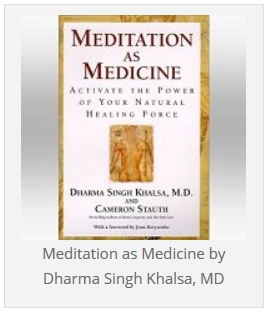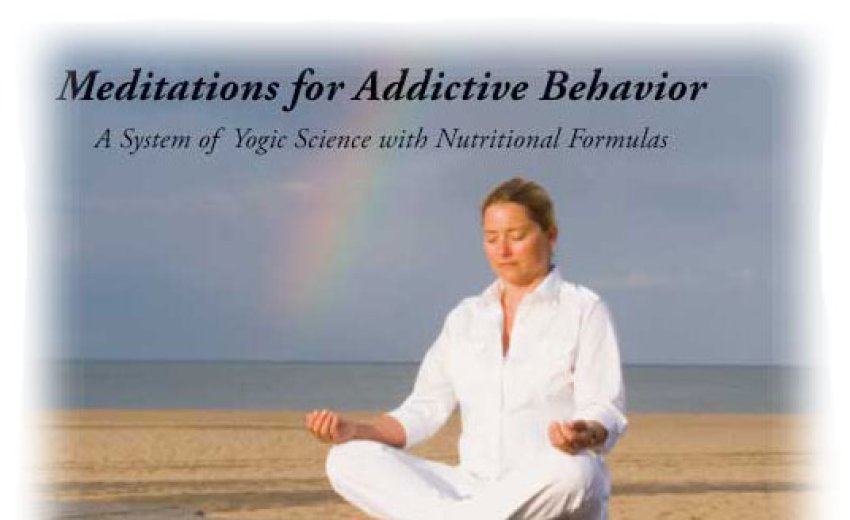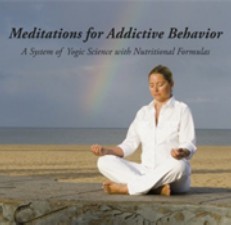
Nov 14, 2012: Kundalini yoga offers some important tools to help us overcome addictions and addictive behavior. Addiction recovery depends on more than just modifying our actions. It must also focus on the body and the mind. In other words, it’s not enough to "just say no." Addiction can cause physical, mental and spiritual blocks that keep us from living a deeply satisfying life, and we must work on all of these aspects of ourselves to transform addictive behaviors.
Drugs such as alcohol, caffeine, tobacco, marijuana, and harder substances like cocaine, painkillers, and hallucinogens directly affect the brain. Other addictions, such as food, relationship issues, and gambling, also stimulate areas of the brain that create short-term feelings of pleasure or euphoria. Regardless of the type of addiction, the short-term “high” subsides, leading us to search for more of what it was that created that feeling. Kundalini yoga, meditation, breathing, and dietary changes can work to change these brain patterns. It’s also important to develop a strong nervous system, to counter the desire to repeat the behavior when it arises.
Here are some examples of short meditations for addiction that can be done to help change mental patterns and break addictive behaviors:
Inhale “I feel”, exhale “great”.
Long and deep breathing with Sat Nam.
Celestial communication, moving the arms and hands while chanting.
Left nostril breathing, to calm and relax the body and the mind.
If you are working to break an addictive pattern, use these techniques whenever you feel an urge to do what it is that you are trying to leave behind. As soon as you begin to slow the breath down and refocus the mind, you start to counter the urge to slip back into your addiction.
Drugs affect different regions of the brain and therefore affect our physiology and behavior in different ways. Because meditation works directly on the brain, different types of Kundalini meditations can be helpful to counter the effects of different types of addictions. Many of these meditations for addiction and other tips can be found in the Mukta Kaur Khalsa’s book, Meditations for Addictive Behavior.
For example, there is a meditation that was given to help break a cocaine habit. This short pranayam, or breath series, works to balance the nervous system and in a controlled therapeutic setting can be used to help alleviate withdrawal symptoms. It is practiced with the shoulder blades pressed together across the back and the arms bent up and to the sides, hands in gyan mudra. You build up to a one-minute breath (inhale 20 seconds, hold 20 seconds, then exhale 20 seconds). After three rounds of this, relax for 2 to 3 minutes. Bring the arms back to the same position, inhale deeply, press the tongue against the roof of the mouth and apply root lock for 30 seconds. Exhale and do breath of fire for 15-20 seconds. Repeat this sequence.
Many people who struggle with addiction are often also depressed. Another meditation in the book, “The Meditation to Reverse Negative Attitude, Frustration or Depression” works on this. This meditation changes unwanted feelings and emotions to a positive and healthy state of mind. It works directly on the brain stem, where toxins build up in the brain. It also begins to change the imprints in the subconscious that lead to addictive behavior in the first place.
For other ideas about how to work on changing addictive behaviors, you may also want to check out the book Meditation as Medicine, which gives many meditations for the brain.

Mukta Kaur will offer a specialty teacher training based on the SuperHealth model in Espanola, NM, USA from April 2-9, 2016. This teacher training program counts towards CEUs in the United States for the American Holistic Nurses Association (AHNA), the NAADAC; and the State of California Board of Sciences for MFTs and LCSWs.
-----------------------------------
Related articles:


